How do I stop an echo in my open concept living areas?

Related Discussions
How to replace a toilet seat?
I need advice on how to replace a toilet seat, please. What do I need to know when looking for a new one?
How can I fill this wasted space?
I have a raised ranch house, in the foyer above the door there’s so much wasted space. Is there any way I could put my television or something in this area?? Any ot... See more
Is it ok to have the back of your sofa facing the entrance of house?
When you walk into my home the dining area is on the left and in front of you is the living room. The back of my sofa faces you because there’s no where else to put... See more
Den conversion ?
I have a space that I’d like to turn into bedroom and bathroom. This would give me a desperately needed third room. The room is less than 200sqft and I need advice ... See more
Can I keep electronics on top of my radiator cover during the winter ?
Will it ruin my electronics what would be the best way to solve this issue Should I put a tv stand in front of it or try and build a shelf over it or would it be f... See more
How do I make my recliner more comfortable?
My disabilities (both hips and knee replaced, bad back and neck and thus 295lbs) make my recliner the best bed for me. It seems like I tried everything I can think o... See more
Suggestions for Large and deep Alcove/niche in living room ?
Need help with how to decorate around a tv in this space. It's a deep Alcove next to the fireplace that goes from the floor to the ceiling!
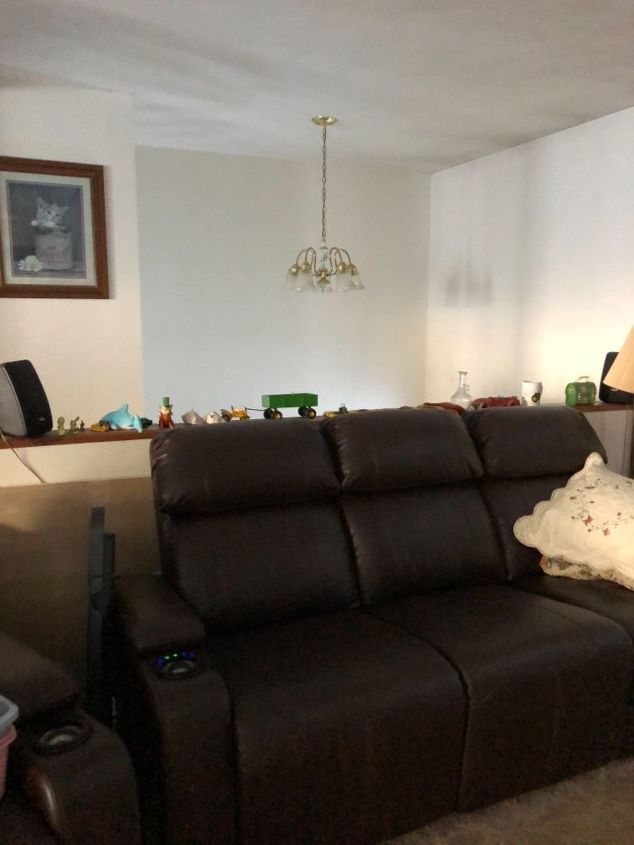
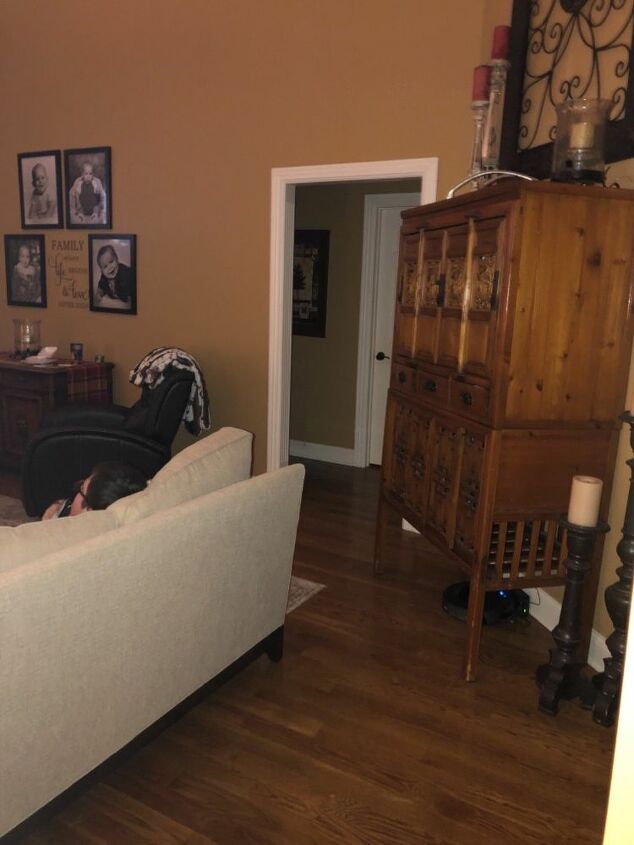
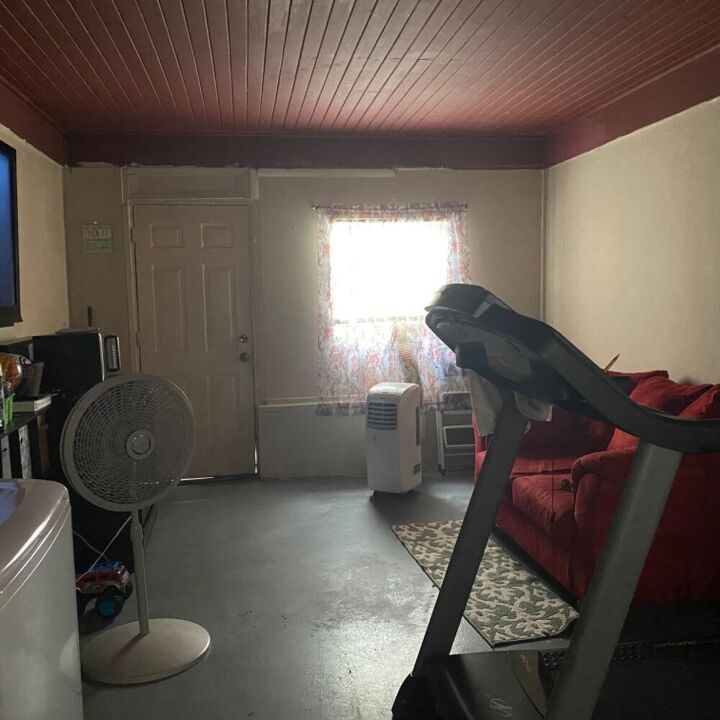
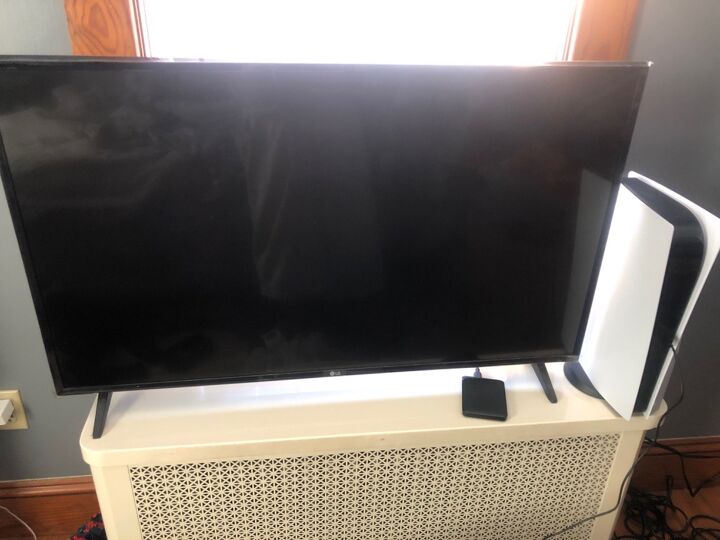
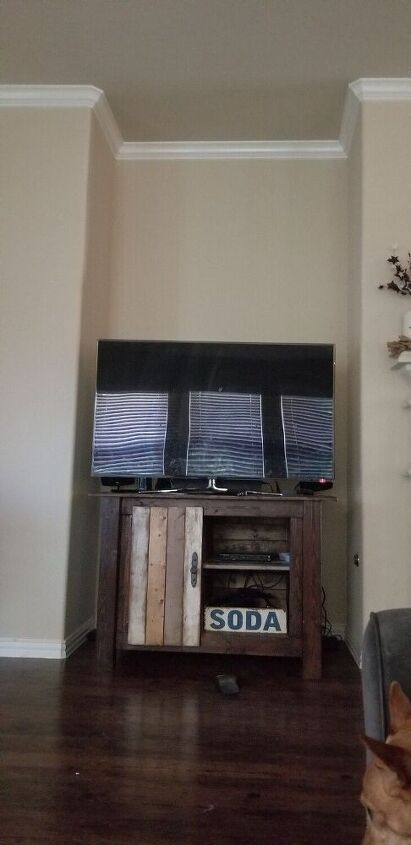
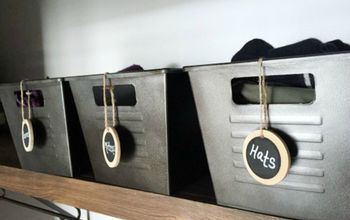
Put a rug and some more on the walls
Add rugs, throws, pillows, curtains or drapes. Anything to absorb sound.
Usually your furnishings help to muffle sound. If your furniture is sparse then you will have the echo effect. Consider adding some large plants to the area.
Hi Ruthie,
Echos happen because there is not enough to absorb the sounds in the room. You can add rugs as Kathy suggested and also drapes, more furniture, more pillows - anything soft that will absorb sound will help. Wishing you the best.
A thick rug on the floor is probably the best bet for stopping the echo. Any fabrics will absorb some of the sound. If it is your style, a tall blanket ladder with several blankets folded over it might also help.
How high is your ceiling? Although rooms with very high ceilings often look elegant, they usually have very poor acoustics. It could be that the height of the ceiling is the source of the problem.
If your walls and ceiling are flat, rather than having any texture, they will bounce more sound, as will bare floors. Taller ceilings and those homes with drywall tend to experience more noise problems. Newer construction techniques have improved this somewhat by using heavier drywall, or double drywall installations.
Windows with wooden blinds, vertical blinds or roller blinds will not absorb sound as well as those with draperies, and the more folds and heavier the fabric, the better it will be for sound absorption.
Upholstered furniture and wood are better at absorbing sound than metals, glass, plastics, etc.